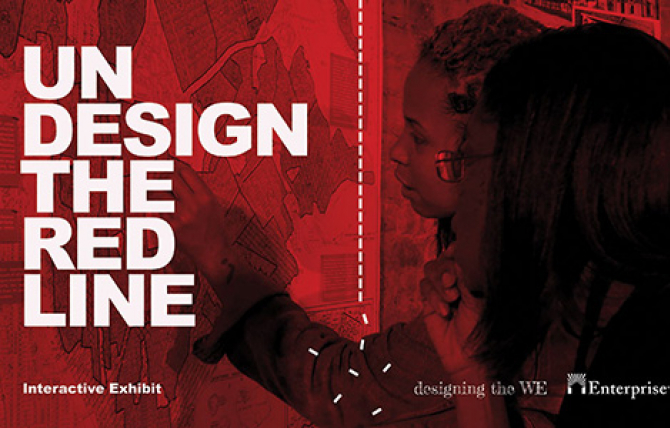Redlining maps were introduced in the 1930s. Originally a federal policy, the maps were meant to show risk areas for federal backing of newly invented home-ownership programs that would transform the American middle class.
The maps determined areas prime for investment and areas where no money would be lent. The neighborhoods where no investment would go were outlined in red. This shade was based almost entirely on race. They referred to these areas as “infiltrated” by “hazardous populations.”
Redlining was how structural racism was designed into cities. It shifted segregation from visible superstructure to ubiquitous infrastructure: further isolating communities even while ‘colored only’ signs came down. Soon without access to banking, insurance or even healthcare, these marginalized groups were forced on a path of “urban decay,” accelerated by programs like Urban Renewal and Slum Clearance.
By many means, this American geography became a machine for reproducing a racially and class-divided society. Investment drained from concentrated ‘inner city’ zones of poverty, mostly comprised of people of color, while investment poured into the rapidly expanding wealthier, whiter suburbs. This type of structural, geographic design alters what is possible in the decades that follow.
We still need to undesign Redlining. Today, even when money flows back into once-Redlined zones, the tide of investment cannot raise all boats. It washes people away. Broad wealth building still does not reach those of us who have been historically devalued. Instead, we are faced with a legacy of lingering bias, living with the scarlet letter of Redlining, and its cross-generational effects on wealth, income, well being and ownership.
Undesign the Redline is an interactive exhibit exploring these reframed opportunities from a shared value perspective, and grounds discussions about race, wealth, opportunity, and power, in an honest context that is not about guilt and blame. This allows everyone to contribute their value to the design and development of projects, partnerships, and decisions that seek to transform communities and move beyond the challenging and often clouded situation of our entangled past.
